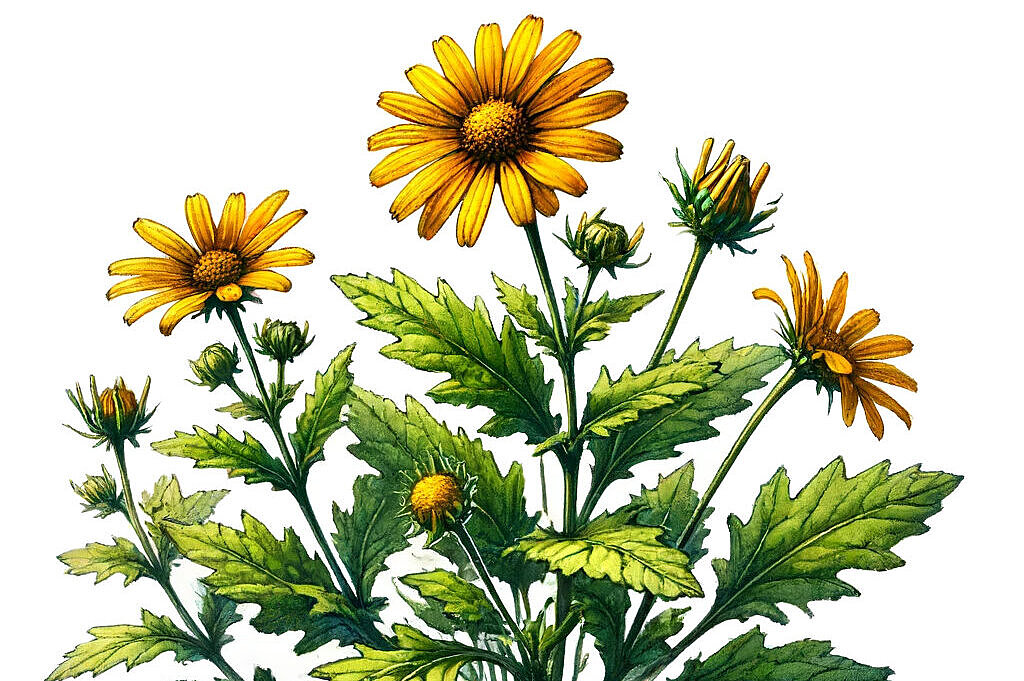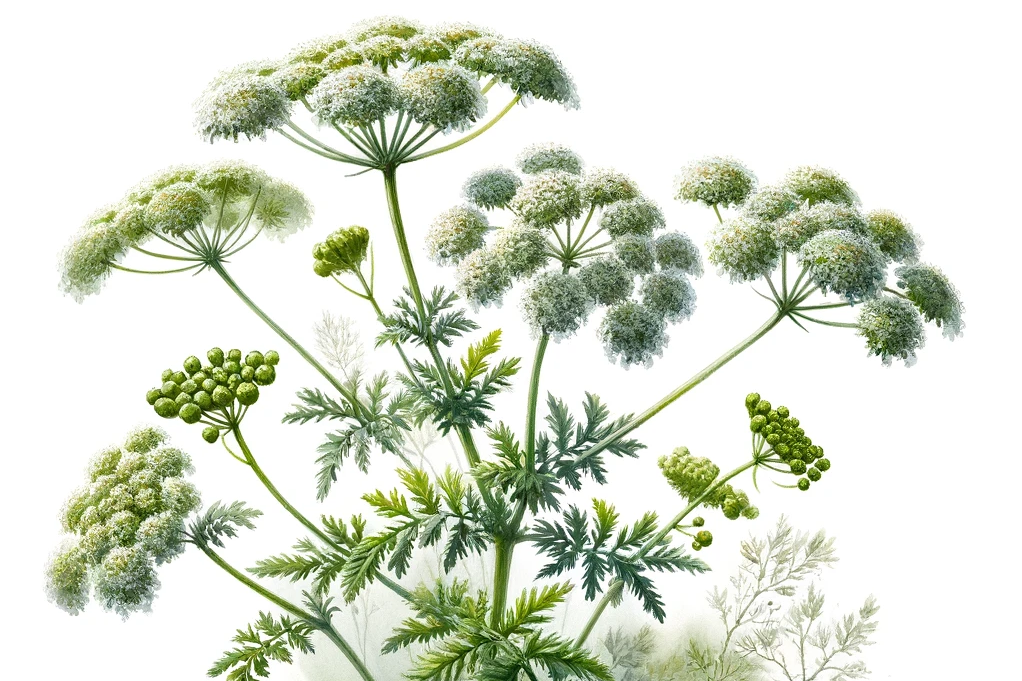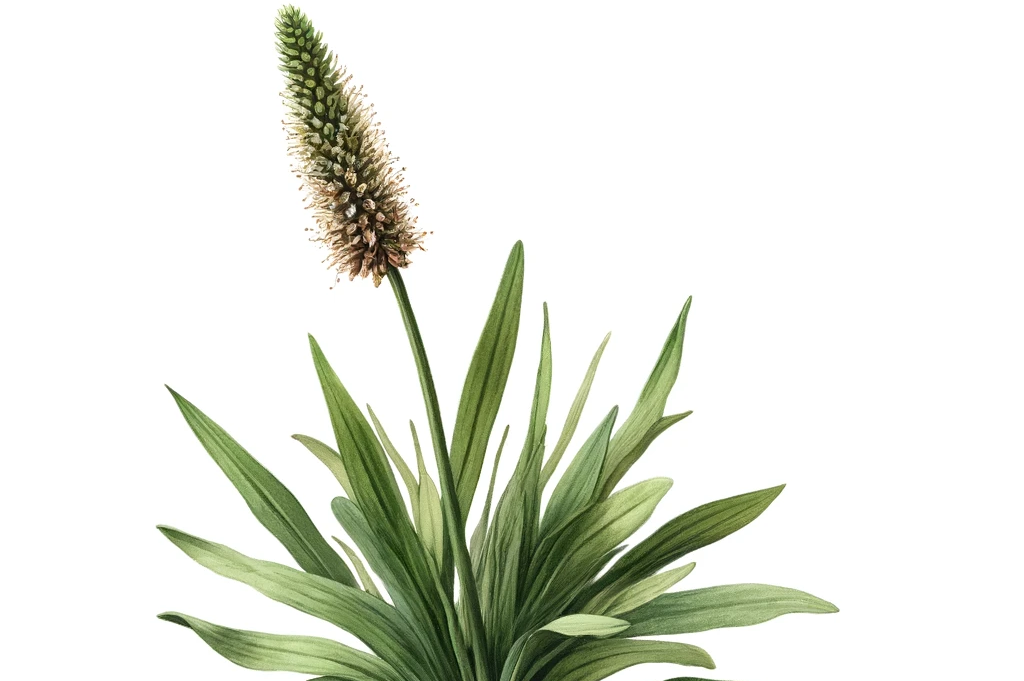Comfrey

Comfrey is a medicinal plant that has been used on humans and animals for centuries. It has a wound-healing, anti-inflammatory and pain-relieving effect. But is comfrey also suitable for dogs? What are the advantages and disadvantages of this plant? And how can you use it correctly? In this article, you'll find out everything you need to know about comfrey for dogs.
What is comfrey?
Comfrey (Symphytum officinale) is a perennial that can grow up to 1.50 m high. It has rough, heavily veined leaves and bell-shaped flowers in various colors. The roots are dark brown on the outside and fleshy and white on the inside. Comfrey grows throughout Europe and North America and prefers moist soils.
Comfrey contains many valuable ingredients such as allantoin, flavonoids, tannins, mucilage, vitamin B12, vitamin C, potassium and calcium. Allantoin is particularly important for wound healing and cell regeneration. Flavonoids have an antioxidant and anti-inflammatory effect. Tannins have an astringent and hemostatic effect. Mucilage protects the mucous membranes and soothes irritation. Vitamin B12 is important for blood formation and the nervous system. Vitamin C strengthens the immune system and promotes collagen formation. Potassium and calcium are important for the muscles and bones.
How does comfrey work in dogs?
Comfrey can be used externally on dogs to treat various ailments. These include
- Joint diseases such as arthrosis or arthritis
- Sprains, bruises or haematomas
- Broken bones or tendon injuries
- Wounds, eczema or skin rashes
- Muscle strains or injuries
- Conjunctivitis or eye irritation
Comfrey can be applied to the affected areas as a compress, ointment, oil or tincture. Care should be taken to ensure that the plant does not come into contact with open wounds, as it contains liver-toxic pyrrolizidine alkaloids, which can cause cancer when used internally.
Comfrey has the following effects on dogs:
- It promotes blood circulation and metabolism in the tissue
- It relieves pain and inflammation
- It accelerates the healing of skin, muscles, tendons and bones
- It forms a protective film on the skin and prevents infections
What are the benefits of comfrey for dogs?
Comfrey has many benefits for dogs suffering from various ailments. It is a natural alternative to synthetic medicines, which often have side effects. It is readily available and inexpensive. It can be dosed and applied individually. It has a long tradition in folk medicine and is recommended by many vets.
What are the disadvantages of comfrey for dogs?
Comfrey also has some disadvantages for dogs that you should be aware of. It must not be used internally as it is toxic to the liver. It must not be used on puppies or pregnant or nursing bitches. It must not be used in the case of allergies to comfrey or other plants of the borage family. It must not be used over a long period of time or in large quantities as it can irritate the skin or damage the liver.
Comfrey is a medicinal plant that can be used externally on dogs to treat various ailments. It has a wound-healing, anti-inflammatory and pain-relieving effect. It has many advantages, but also some disadvantages that should be considered.
Properties 10
Are you looking for other ingredients with a specific property?
Just click on them to find more.
If you notice any signs of hypersensitivity or poisoning in your dog, you should see your vet immediately. We are not a substitute for a vet, but we try to be as accurate as possible. Every dog reacts differently and we recommend you get a second opinion or consult your vet if in doubt.
Stay healthy and take good care of your four-legged friend!😊
Similar to Comfrey
Arnica (Arnica montana) is a perennial plant from the Asteraceae family that is mainly found in the Alps and other mountainous regions of Europe. It has large yellow flower heads that bloom in...
Marigold originally comes from the Mediterranean region and was already valued as a medicinal plant in the Middle Ages. It contains many active ingredients that have an anti-inflammatory,...
Yarrow (Achillea millefolium) is a perennial plant from the Asteraceae family. It has finely pinnate leaves and white or pink flowers that are arranged in flat umbels. The plant grows to a height of...
Ribwort plantain (Plantago lanceolata) belongs to the plantain family and is native to Europe, Asia and North Africa. It grows mainly on nutrient-rich soils and is very adaptable. Ribwort plantain...



